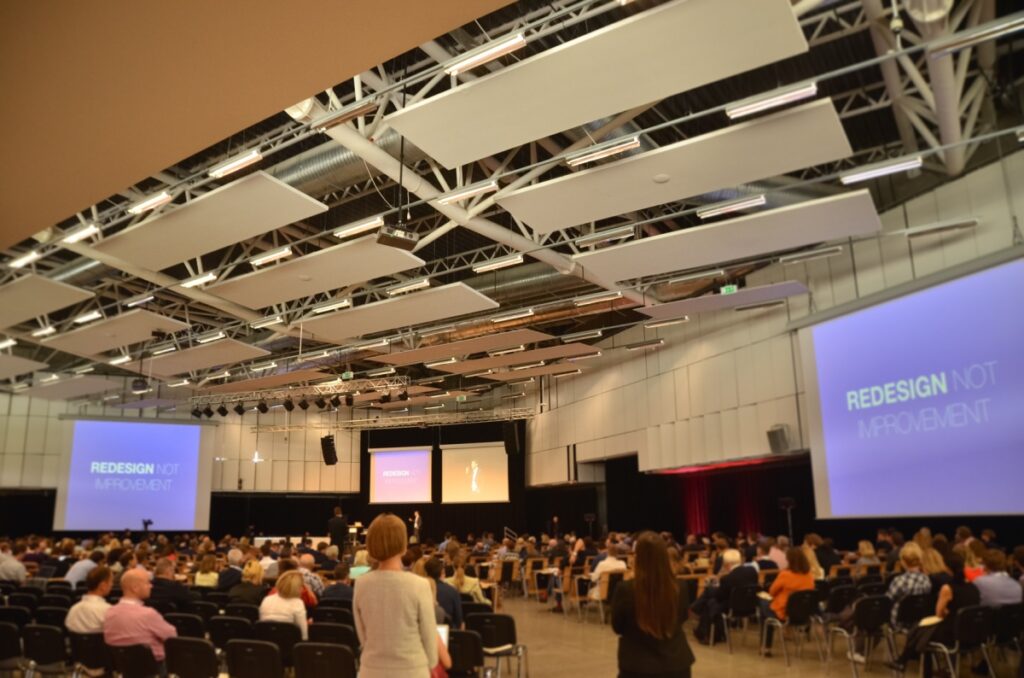We are facing a time of radical change in industries, business strategy and customers behavior. Globalization, rapid advance of technology, demographic transition are some of the reasons for this “disruption”. Increased focus on users pushes companies and organizations to prove efficacy of their products/services.
Demand from new geographic markets creates new opportunities and creates new unique challenges sources. The disruptive community is constantly evolving.
Are our innovation ecosystems prepared to be as effective as we would like them to be? Are we still doing what we used to do “last century”? Do we need a different leadership? It is still true that the knowledge economy is driven by research and the commercial economy by the marketplace.
Traditional vs Disruptive ecosystems
A recent study by Sam Gosling, Jason Rentfrow, David Audretsch, and others highlights how great universities, venture capital, and talented people are necessary, though insufficient conditions to power high levels of regional innovation. But, the missing factor is the “entrepreneurial culture” (an environment that fosters entrepreneurship) or the “entrepreneurial personality of a place”, a combination of specific traits made up of high levels of openness combined with extraversion and conscientiousness. Higher rates of “innovation”, “entrepreneurship” occur in places where “entrepreneurial culture” interacts with and connects to knowledge and talent. The Kauffman Foundation highlights that communities are most vibrant in dense areas of start-ups. Cities worldwide are developing start-up friendly policies (data sharing, transparency, direct citizen procurement).
The new generation of disruptive entrepreneurs calls for a clear value proposition from stakeholders and key players and form the cities where they operate and live. A value proposition built around:
- easy access to support
- availability of modern and open infrastructures (co-working spaces, makerspaces, etc…)
- community services (kindergartens, housing, education, culture)
- testing facilities and access to users and a public sector able to play a new facilitator role.
Innovation ecosystems will have to compete among themselves.
The international dimension, the speed of transformation, the availability of business and social infrastructure, will challenge innovation ecosystems. In Europe, the availability of important financial resources, the ESIF 2014-2020 call for crucial decisions on how to invest such funds to build or upgrade innovation ecosystems.

Do we need/want to balance traditional approaches (RTOs, SMEs, etc.) with new trends (fab labs, co-working spaces, etc…) or a more radical approach is needed? How we will Map the “urban ecosystem” and make it accessible to the new entrepreneurs’ community. How urban policies such as housing, social services, vouchers for young couples will contribute to a competitive ecosystem. These are some of the questions to be answered soon.
META at the “Innovation Drift 2015” Conference, in Vilnius, Lithuania
Andrea Di Anselmo, Vice-President of META, participated at the “Innovation Drift 2015” Conference, in Vilnius, Lithuania, on the 4-5th of September. The topic covered by Andrea Di Anselmo was “Innovation Ecosystems for Future Technologies” . According to the topic, he presented META’s views on Science, Technology, Innovation, New Business Trends and Ecosystem Success Factors.


